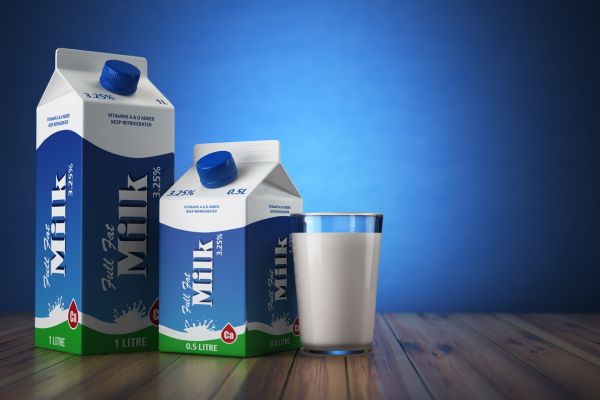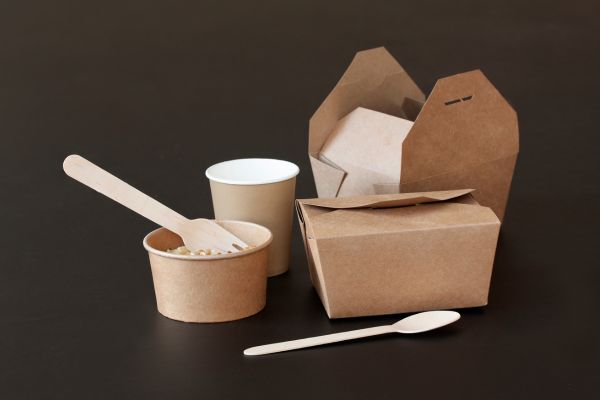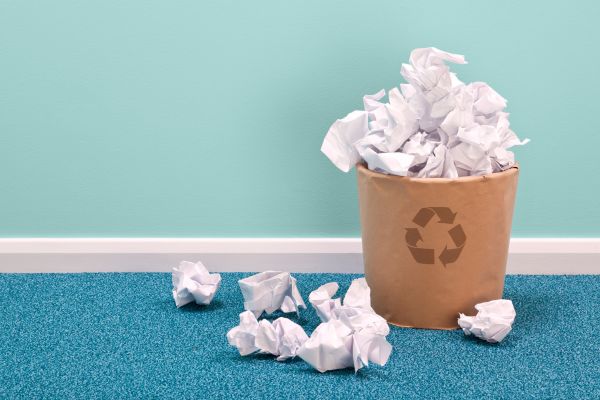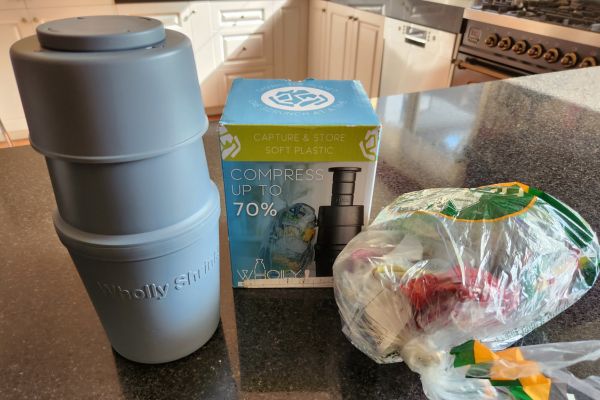RECYCLING PAPER IN CURBSIDE BINS
Paper is one of the easiest things to recycle. It’s often promoted as the most recycled material, with recycling rates around 60 to 70% in most locations. That’s good news, but there is still room to improve, so let us review some basics.
Similar to glass, there are many different types of paper that we come into contact with. There’s printing paper, writing pads, newspapers, tissues and toilet paper, books, paperboard boxes from our food packaging, cardboard boxes, and even waxed and plastic-coated papers.
The same issues can arise when we put the wrong paper types into our curbside bin. They can contaminate recyclable paper and cause issues when it’s being made into new products. For example, paper and cardboard covered in grease or maybe paint can add contaminants into the recycled paper mix that are hard to remove and may result in lower-grade recycled paper.
Things to consider when recycling your paper
To improve your paper recycling, keep these things in mind:
- Only recycle clean paper. No paint, dirt, or grease.
- Paper & cardboard should be kept dry. When cardboard or paper gets wet, it becomes very heavy and can get stuck in the machines at the recycling plant. Plus, the fibers can degrade, making it less valuable to recycle.
- Flatten cardboard boxes, and if they are really large, tear or cut them up into A3 sheets.
- Leave out pieces that are too small (smaller than a credit card, as mentioned in Lesson 5).
The following list of items cannot be recycled in most curbside recycling bins. Check with your local authority for all other items to see if they accept them.
- Waxed paper or boxes – the wax coating makes recycling not possible.
- Baking or parchment paper – they are coated in either wax or silicone.
- Disposable paper cups – these are often coated in a thin layer of plastic.
- Tissues and paper towels – often wet or covered in food or other stuff, so they are not recyclable. Plus, they are usually made from low-quality paper already, so the fibers are difficult to recycle again.
- Receipts – many receipts have a chemical coating needed for printing.
- Photos – also coated in chemicals.
- Gift wrapping paper – may be coated with glitter or may have plastic layers. Many of the glossy, shiny papers are often plastic layered with aluminum.
Below is an explanation and tips for some of the more confusing paper or paperboard items you might encounter:
Tetra Paks cartons or long-life containers
Tetra Paks, also referred to as cartons or long-life containers, are made of multiple layers of paper, plastic and sometimes include a layer of aluminum. Acceptance of these items differs significantly from one place to another. The only way to know for sure if your local area accepts them is to jump onto your local website and see what they say. If it’s not clear, try giving them a call. In some locations, there is a country-wide website where you can look up your area and see if Tetra Paks are accepted. Here are the links for the USA and Canada, and the UK.

Take-out food containers
Recycling take-out containers can be quite confusing. Although many take-out chains and smaller businesses have been making moves to be more sustainable and shifting from plastic to cardboard containers, it’s still very important that you check what your service accepts.
Even though made from cardboard, these boxes can be coated with wax or a thin layer of plastic, making them unacceptable in many curbside recycling programs. Many may also use biodegradable or compostable materials instead of cardboard, they can look similar, and these are definitely not accepted by curbside recycling programs.
The best advice is to check with your local authority and “if in doubt, leave it out”. Remember what we learned about wishcycling in Lesson 5.

Plastic coated paper
Some paper and cardboard are coated in plastic. This can be for aesthetics or for an important reason like protecting the contents within. For example, paper coffee cups often have a thin plastic coating to keep the liquid from being absorbed by the paper and burning your hands. This layer of plastic is difficult to remove during recycling, and so many of these items are not accepted in curbside services. Other examples include frozen food cartons, paper plates, postage packaging, and some wrapping papers and greeting cards.
Keep an eye out for these items and check your local rules. Your safest choice may be to leave them out of your curbside recycling bin.
TASK
Go to your local curbside service website and review what paper products can and can’t be recycled. Make a note of any that you didn’t already know.
SUGGESTED READING
- Paper and cardboard recycling
- Can you recycle books?
- Are receipts recyclable?
- Is wax paper recyclable?
- Can you recycle shredded paper?
- Can you recycle photos?
In lesson 8, I will discuss metal recycling and your curbside bin.
Let’s conquer recycling together.
You can jump to any of the other lessons below:
- Conquer Curbside Recycling Challenge Page
- Lesson 1 – WHAT IS RECYCLING AND WHY IS IT IMPORTANT
- Lesson 2 – FINDING YOUR RECYCLING RULES
- Lesson 3 – RECYCLING CODES AND SYMBOLS
- Lesson 4 – REDUCING CURBSIDE RECYCLING CONTAMINATION
- Lesson 5 – GETTING FAMILIAR WITH SOME COMMON RULES
- Lesson 6 – RECYCLING GLASS IN CURBSIDE BINS
- Lesson 7 – RECYCLING PAPER IN CURBSIDE BINS
- Lesson 8 – RECYCLING METAL IN CURBSIDE BINS
- Lesson 9 – RECYCLING PLASTIC IN CURBSIDE BINS
- Lesson 10 – RECYCLING CURBSIDE BINS OVERVIEW
If you liked this challenge, then you are definitely going to like my book “Recycling for dummies”. It has 384 pages filled with knowledgeable and actionable content for you to become a better recycler. Find out more here.















